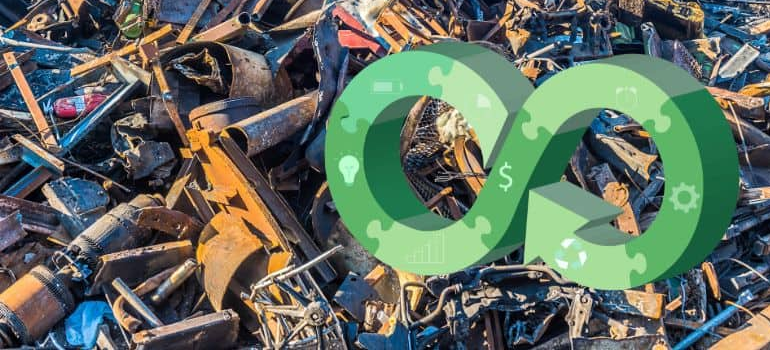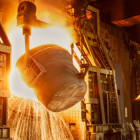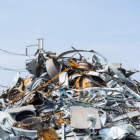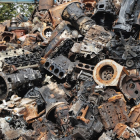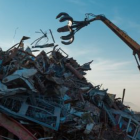The concept of the circular economy is quickly gaining traction across industries, promising to reshape the future of manufacturing, consumption, and waste management. Scrap metal is at the heart of this transformation, as it can be recycled indefinitely without losing its properties. By reintegrating scrap metal into the production cycle, businesses can significantly reduce waste, conserve resources, and lower costs.
What is the Circular Economy?
The circular economy is an alternative to the traditional linear economy (take, make, dispose). In a circular model, products and materials are kept in circulation for as long as possible through recycling, refurbishment, and reuse. Scrap metal fits perfectly into this system, offering infinite recyclability and helping to close the loop in various industries.
How Scrap Metal Powers the Circular Economy
Metals like steel, aluminium, and copper can be recycled repeatedly without degrading in quality, making them vital for the circular economy. Here’s how scrap metal plays a crucial role:
- Resource Conservation: Recycling scrap metal reduces the need for mining virgin materials, which not only conserves finite resources but also prevents environmental degradation caused by mining activities.
- Energy Efficiency: Producing metal from recycled scrap requires far less energy compared to producing it from raw ore. For instance, recycling aluminium uses only 5% of the energy needed to produce it from bauxite ore.
- Reduced Carbon Footprint: The lower energy demand during the recycling process translates into fewer greenhouse gas emissions, helping industries meet sustainability goals.
- Economic Benefits: Scrap metal provides significant financial savings to manufacturers, as the costs associated with recycling are lower than those for extracting and refining virgin metals.
The Role of Scrap Metal in Key Industries
Several industries rely heavily on scrap metal as part of their production processes, including:
- Construction: Recycled steel and aluminium are commonly used in building materials and infrastructure projects.
- Automotive: The automotive industry uses scrap metal to produce car frames, engine parts, and body panels.
- Manufacturing: Factories across the globe incorporate scrap metal into the production of appliances, machinery, and electronics.
Challenges in Scrap Metal Recycling
While scrap metal is crucial to the circular economy, several challenges remain:
- Contamination: Impurities mixed with metals can reduce the quality of recycled materials, necessitating advanced sorting technologies.
- Collection and Transport: Efficient collection and transportation systems are essential for optimizing the recycling process, but these are often underdeveloped in certain regions.
Technological Innovations Driving the Future of Scrap Metal Recycling
The future of scrap metal recycling looks promising, thanks to technological advancements such as:
- AI-Driven Sorting: New AI-powered sorting technologies allow for more efficient separation of metals from waste, improving recycling rates.
- Blockchain for Traceability: Blockchain technology is being used to trace the lifecycle of scrap metals, ensuring transparency and boosting confidence in recycled materials.
- Smart Recycling Plants: Automated recycling plants equipped with advanced sensors and machinery can process scrap metal faster and more efficiently than ever before.
Conclusion
Scrap metal is a cornerstone of the circular economy, providing both environmental and economic benefits. As industries continue to embrace sustainability, the role of recycled metal will only grow, helping to drive the world towards a more resource-efficient and environmentally conscious future.

